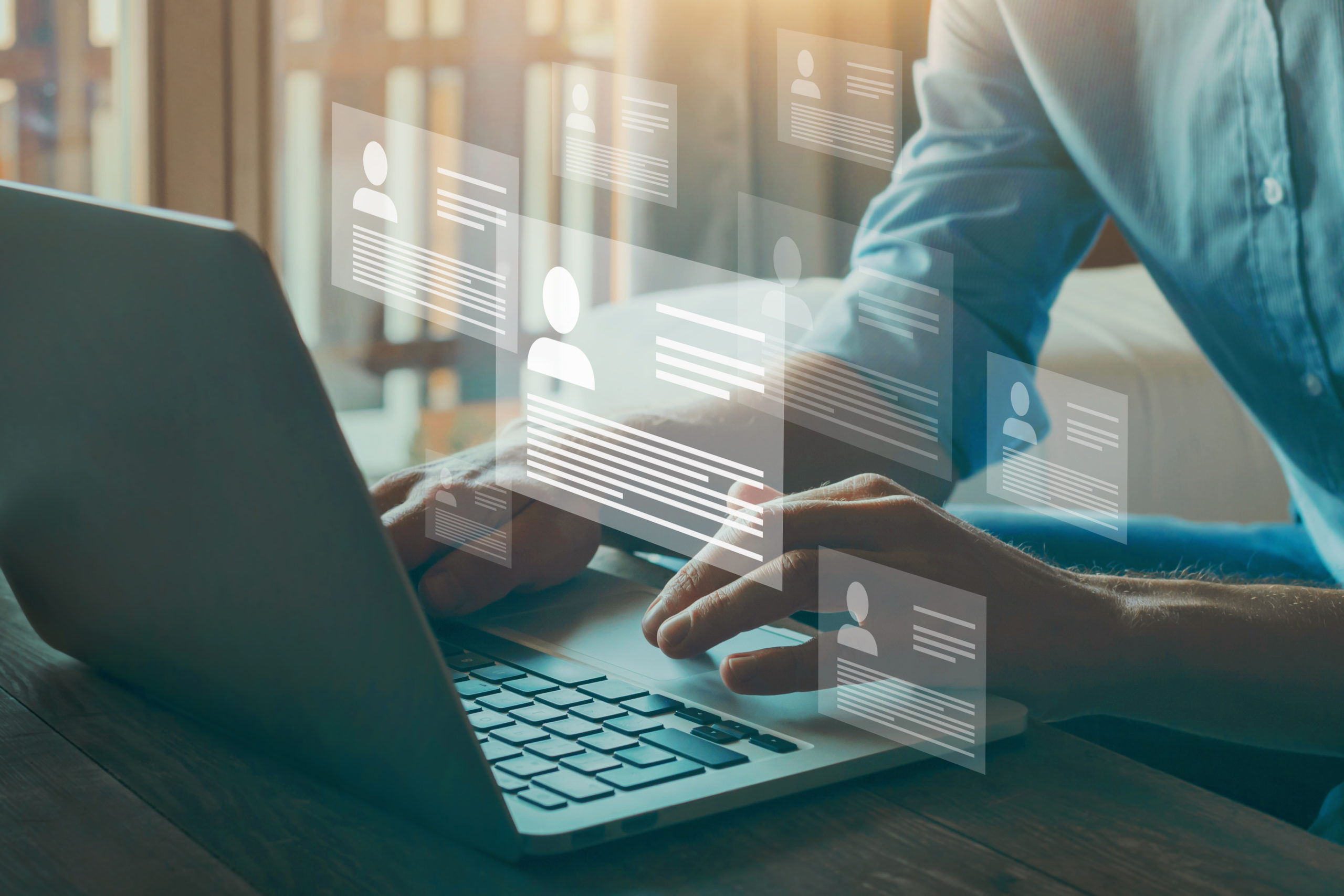Managed IT Services
Healthcare organizations need to focus on what matters most: quality patient care and efficient financial management. Cantata Health Solutions provides Managed IT Services to help healthcare organizations maximize their technology investment, increase staff efficiency, reduce operational costs, and get the full picture of a client’s health across all points of care.
Key Benefits

Align to Your Facility
You have financial and care quality goals. We have tailored solutions to help you reach them. Let’s find the one that works best for you.
Accelerate Value
You’ve got a system in place, but there’s always room to improve. We reduce implementation time with a certified staff to ensure migration and setup are completed without disrupting patient or resident care.
Ensure Compliance
Our Services and Support teams are staffed by experts with more than 250 years of combined healthcare and IT experience. Get the expert assistance you need to ensure your organization stays ahead of regulatory practices and external changes.
Keep It Simple
Streamlining a resident’s billing process from admission to discharge while reducing costs and expediting payments is important. We get to know your unique business requirements and help guide your implementation while reducing A/R days, improving revenue integrity, and managing denials.
Managed IT Services We Offer
vCIO/Strategy
We offer highly experienced, senior-level healthcare IT executives that can act as your organization’s virtual Chief Information Officer or provide senior-level strategy services to build and execute on strategic plans and initiatives. This is a very cost-effective way for your organization to have industry experts with experience working with health care organizations to help drive your strategic needs, security initiatives, transformations, or focus on critical projects aligned with your business needs and industry standards.
Typical vCIO and strategy services could include advisory services, strategic plan development, and implementation, security assessment and remediation, multi-year budgeting, vendor management, staff management, monthly reporting, and hands-on technology services.


Engineering Services
Our Engineer Team offers Network, Server, Security, Cloud, Desktop, and Automation engineers to support your organization, enhance your existing IT team, or focus on strategic projects to enhance your environment. Cantata’s Engineering team has dozens of years of experience implementing enterprise network environments, designing, and implementing security plans, building disaster recovery solutions, implementing data center environments, performing cloud transformations/migrations, Office 365 migrations, and automating workflows to provide organizations a stable, secure platform to grow their operations.
Field Services
One of the key challenges many social service and healthcare organizations face is technical remote field service resources to support online staff and devices. Cantata offers Field Service resources that can come onsite to complete tasks such as installations, troubleshooting, configurations of the network, server, printer, desktop, or mobile devices. Using Cantata Field Services saves your organization money by not hiring full-time resources to support smaller or remote facilities.


Application Management Services
We offer clients access to virtual experts in clinical and billing of both Cantata’s and other vendor’s electronic health records (EHRs). These resources bring dozens of years of experiencing managing EHR systems including clinical workflows, screen building, reporting, billing, and system administration in support of your EHR environment. Our solution allows your organization to focus on the use of the EHR while our team configures, administrates, and supports the back-end solution. Cantata’s Application Management Services also can support your other enterprise applications as well, which could include select systems such as Microsoft Office, ERP/CRM solutions, Asset Management, and other enterprise applications.
DBA/Enterprise Reporting Services
Data Analytics is the key differentiator between dynamic, high-performing organizations in being agile in decision making and response to trends within their organization and the industry. Cantata offers a full suite of services around data services including data warehousing, data integrations, ETL/ transformations, dashboard development, KPI development, and report writing. Cantata’s team is experienced in warehousing, transforming, and displaying data using industry-standard toolsets including Tableau, SSRS, Crystal, and many other platforms.


Security Services
An organization’s most significant risk today comes from a security breach that could cripple your technical environment and hold your organization hostage. Cantata offers security planning, implementation, and support services mixed with 3rd party partnerships with leading global solutions providers to build, implement, and operate a secure and compliant environment both at your on-premise facilities and in cloud environments. Cantata offerings include security assessments, security plan development, engineering services, compliance evaluations, policy/procedure development, Disaster Recovery strategy/planning/ implementation, and other security services. In partnership with partner firms, Cantata can offer EDR, SIEM, SOC monitoring, and Vulnerability/Penetration Testing services, as well.
Project Management Services
Project Management is the driving force behind organizational transformation in identifying, developing, managing, and reporting on key strategic projects across your organization. Cantata’s project managers have over a hundred years of experience driving key strategic infrastructure, development, reporting, and enterprise application rollouts, upgrades, and migration initiatives. Cantata’s Project Managers have lead projects ranging up to $100M in size for Healthcare and Social Service organizations across the country.


Implementation and Migration Support
We provide onboarding support and configuration assistance to ensure your system is set up correctly and aligned to your organization. Our revenue cycle management (RCM) and electronic health record (EHR) support teams provide everything needed to get started quickly, whether this is your first system or the one you’ve had for years.
Training and Adoption Support
We work with administrators and nursing leaders to ensure technology and staff are working together to deliver an improved patient experience using our best practice frameworks. Our enablement support service is designed to increase your operational performance and efficiency, resulting in lower readmission, increased confidence in the new systems, and faster time to value for the facility.


Quality and Compliance Support
Using a best practices framework tailored for your facility, we offer your leadership team visibility into high-performing areas of the organization and where challenges may exist. Think of it as a check-up that provides administrators with a roadmap to better ensure staff, processes, and systems are aligned to support current and future priorities. The results include a roadmap to help you adapt your facility to future initiatives, such as adding new staff and adopting new regulatory practices.
Testimonial
“Cantata Health’s product was the most effective solution on the market for us to modernize our entire healthcare IT infrastructure within our existing facilities, while also putting in place a scalable solution to support future growth, as plans for a new facility are well underway.”
– Gene Grochala, Capital Health
Learn More About the Communities We Serve
Health and Human Services
Acute Care
Post-Acute Care
